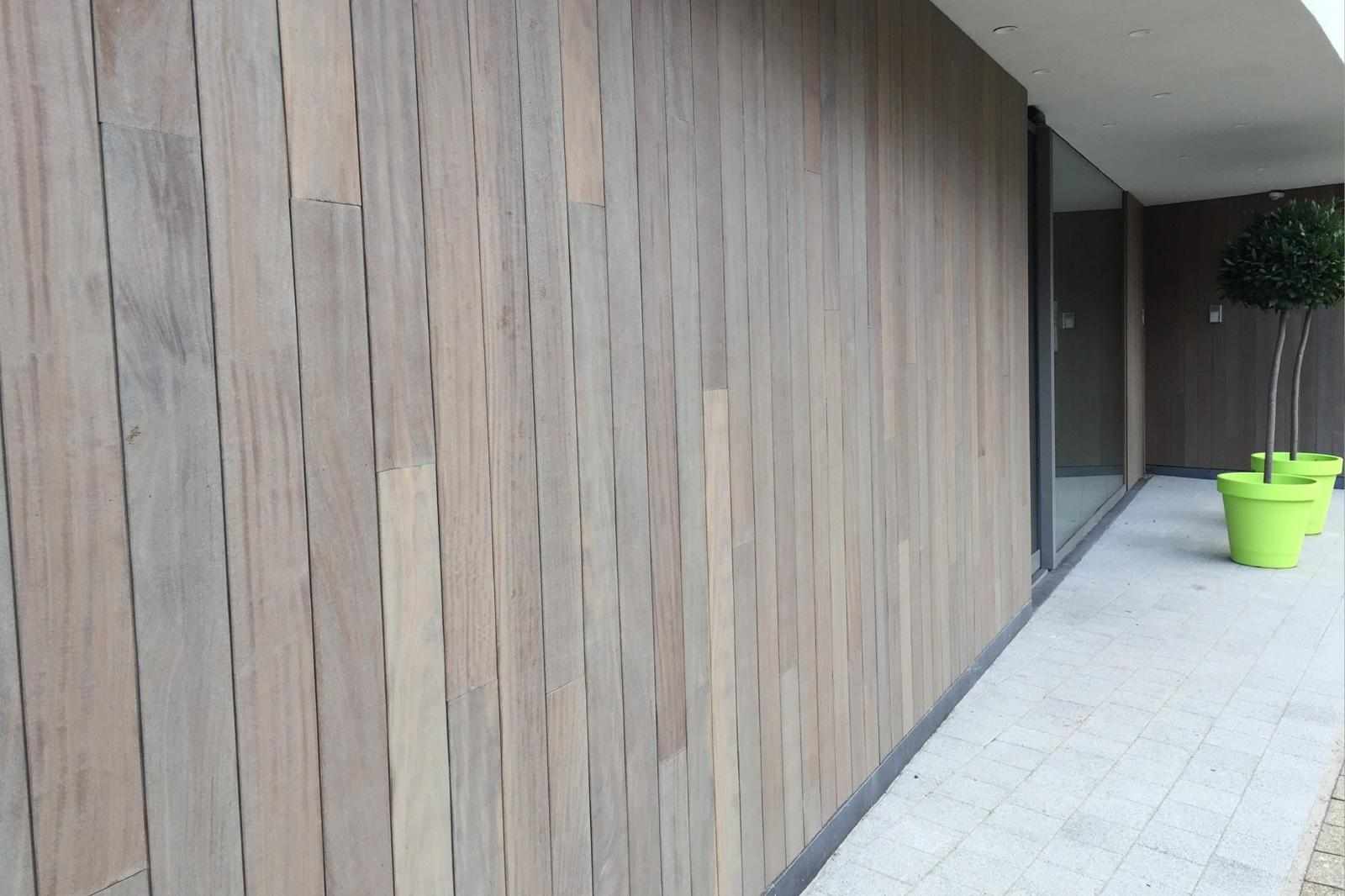
In recent years, there’s been a growing appreciation for sustainable design and materials that not only enhance the aesthetic of a space but also stand the test of time. One such material that has gained immense popularity is charred wood, particularly the Japanese technique known as Shou Sugi Ban. This traditional method of charring wood not only imbues it with a stunning, unique appearance but also brings a host of practical benefits, making it a go-to choice for architects, designers, and homeowners alike.
What is Shou Sugi Ban?
Shou Sugi Ban (pronounced show-soo-gee-bahn) is an ancient Japanese technique that involves charring the surface of wood to create a distinctive, protective finish. Originating in Japan centuries ago, the technique was originally used for preserving wood, primarily cedar, for use in building exteriors, such as fences, siding, and roofing. The process involves carefully setting fire to the wood’s surface and allowing it to burn until it reaches a deep, dark char. The wood is then quickly cooled and sometimes brushed or cleaned to reveal the wood grain beneath the charred surface. In modern applications, the technique has evolved into an aesthetic choice for both interior and exterior design, prized for its beauty and durability.
Why Choose Shou Sugi Ban?
1. Unmatched Durability
One of the most significant benefits of Shou Sugi Ban is its exceptional durability. The charring process makes the wood highly resistant to rot, insects, and the damaging effects of the elements. This makes it an ideal choice for exterior applications like cladding, fencing, and decking, where weathering and wear are concerns. The charred surface acts as a protective barrier, preserving the integrity of the wood and prolonging its lifespan.
In addition to being resistant to rot and pests, the charred wood is also naturally fire-resistant. This adds a layer of safety, particularly in fire-prone areas, without the need for chemical treatments or additives.
2. Eco-Friendly and Sustainable
As sustainability becomes a central focus in design and construction, Shou Sugi Ban stands out as an eco-conscious material. The process of charring wood requires no harmful chemicals or preservatives, making it a healthier alternative to pressure-treated or chemically stained wood. Additionally, the technique enhances the wood’s natural resistance to decay, reducing the need for frequent replacement or maintenance, further promoting sustainability.
The wood used in Shou Sugi Ban can often be sourced from sustainably managed forests, ensuring that the material is harvested responsibly and supports environmental conservation.
3. Stunning Aesthetic Appeal
The unique, darkened texture of charred wood provides a dramatic and visually striking effect that is unlike any other finish. The charred surface creates deep contrasts, highlighting the natural grain of the wood while adding a sense of depth and complexity. Depending on the type of wood and the intensity of the burn, Shou Sugi Ban can exhibit a wide range of hues—from jet-black tones to more earthy shades of brown and gold. This versatility allows it to complement various design styles, from modern minimalism to rustic charm.
The texture of charred wood varies from smooth to rough, offering tactile interest and making each piece one of a kind. Whether used for exterior cladding or interior accents, Shou Sugi Ban introduces an organic, timeless beauty that is hard to replicate.
4. Low Maintenance
Once treated with the Shou Sugi Ban technique, the wood requires minimal upkeep. The charring process makes it resistant to mold, mildew, and pests, and the natural oils used in the process help to seal the wood, making it less susceptible to moisture damage. While occasional oiling can enhance the wood’s appearance and preserve its finish, overall, it is a low-maintenance material compared to untreated wood, which may require regular sealing or staining.
Applications of Shou Sugi Ban
Shou Sugi Ban can be used in a variety of applications, both indoors and outdoors. Its durability and distinctive appearance make it a versatile choice for modern architecture and interior design. Here are a few ways Shou Sugi Ban can be incorporated into your space:
Exterior Cladding & Siding: The charred wood’s ability to withstand the elements makes it an excellent option for cladding and siding, providing a dramatic, weather-resistant finish to building facades.
Fencing & Landscaping: Charred wood fencing is not only practical and durable but also adds a sophisticated touch to outdoor spaces. It’s also perfect for garden planters and other landscape features.
Interior Walls & Accents: Use Shou Sugi Ban for feature walls, ceilings, or accent panels to create a striking focal point in any room. Its deep tones and unique texture make it an ideal material for modern interiors, from living rooms to offices.
Furniture: From coffee tables to bookshelves, Shou Sugi Ban makes for stunning, one-of-a-kind furniture pieces. The dark, textured finish adds character and warmth, making it an eye-catching addition to any interior.
Flooring: Charred wood floors offer a beautiful, durable alternative to traditional hardwood floors. Their resistance to wear, scratches, and moisture makes them ideal for both residential and commercial spaces.
The Timeless Appeal of Shou Sugi Ban
Shou Sugi Ban is a testament to the beauty of traditional craftsmanship and sustainable design. It offers a stunning combination of durability, eco-friendliness, and aesthetic appeal that few materials can match. Whether you’re designing an outdoor space that needs to stand up to the elements or looking for an interior feature that exudes natural elegance, charred wood provides a timeless solution. Embrace the unique beauty of charred wood shou sugi ban, and bring a piece of ancient Japanese craftsmanship into your modern design.







Write a comment ...